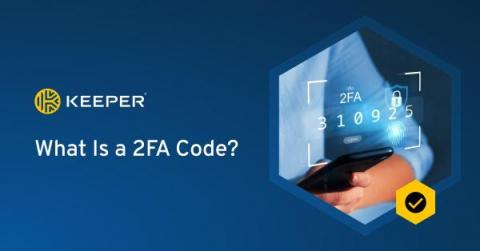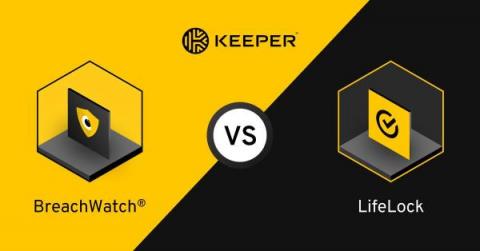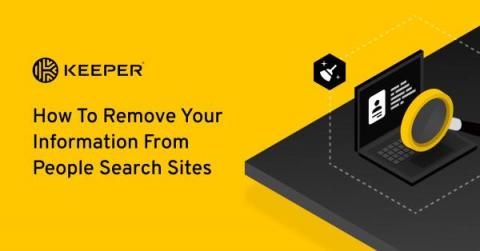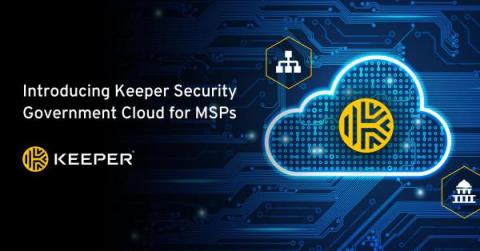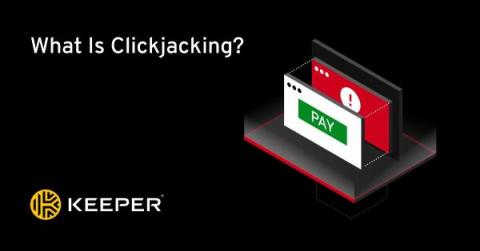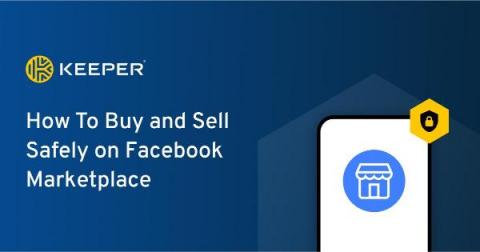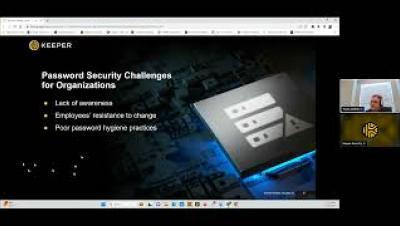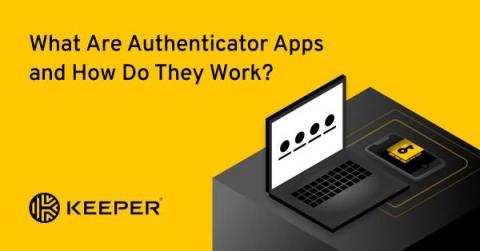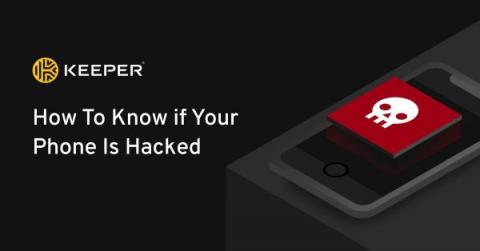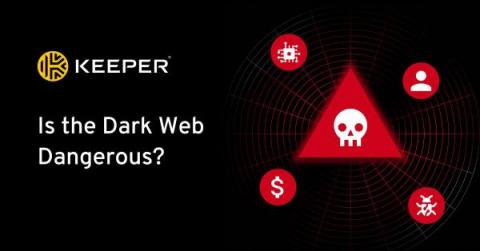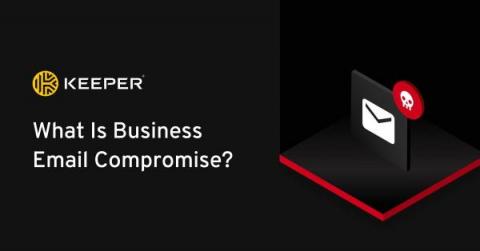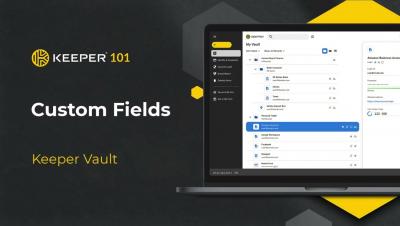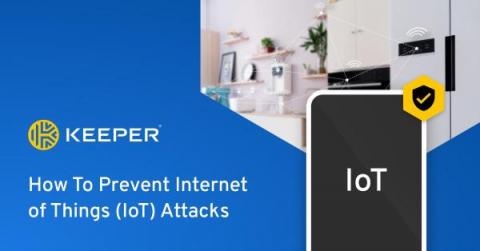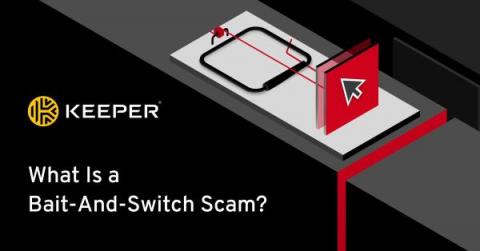What Is a 2FA Code?
A 2FA code, which stands for two-factor authentication code, is a form of Mutli-Factor Authentication (MFA) that requires a generated code as an additional verification factor to a username and password. For example, when logging in to an account, instead of solely entering your credentials, you would also have to provide a second method of verification by entering a code from an authenticator app or one that is sent to your phone.


